pH
Showing 10–18 of 26 results
-
Sale!
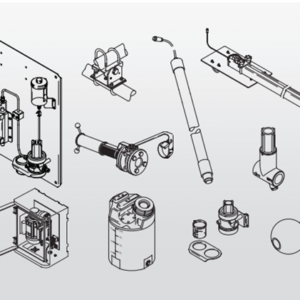
ABB Sensor Accessories
Original price was: £1,000.00.£800.00Current price is: £800.00.This publication below details the accessories available for the following ABB pH/Redox (ORP), turbidity and dissolved oxygen (DO) sensors:
Manufacturers Information
• 100 GP
• 100 GP-D
• 100 ULTRA
• 100 ULTRA-D
• 500 PRO
• 500 PRO-D
• 700 ULTRA
• 700 ULTRA-D
• ADS420
• ATS430 -
Sale!
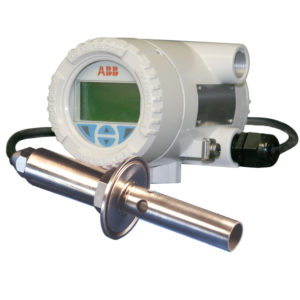
ACA592
Original price was: £1,000.00.£800.00Current price is: £800.00.The ACA592 transmitter is compatible with ABB’s full range of conductivity sensors. Automatic temperature sensor recognition for both 2- and 3-wire RTD inputs for common inputs such as Pt100, Pt1000 and 3K Balco is included as standard.
-
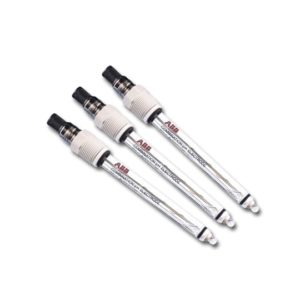
AP121 Electrodes
The AP121 is a highly process-resistant 12 mm combination pH / redox (ORP) electrode. It is equipped with a rugged solid electrolyte providing an effective shield to process poisons and fluctuating pressures. The electrode has all 3 measuring elements located closely together and a very fast temperature response. This ensures high integrity calibration and tighter control. Already a number of years in service, the proven multi-pole VP connector enables easy connection / disconnection of multi-parameter sensor signals. -
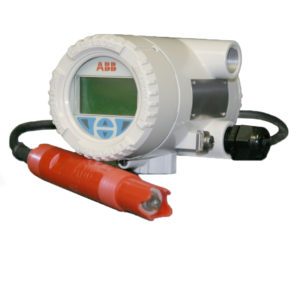
APA592
ABB’s Endura family of 24 VDC analytical transmitters are designed for the requirements of industrial customers and are used in measurement and control applications within a broad range of applications including chemical, pulp & paper, mining and petroleum refining.
The APA592 transmitter is fully compatible with ABB’s full range of glass, antimony, and redox (ORP) electrodes. In addition, this transmitter is compatible with many competitor sensor inputs. Automatic temperature sensor recognition for both 2- and 3-wire RTD inputs for common inputs such as Pt100, Pt1000. 3K Balco is included as standard.
-
Sale!
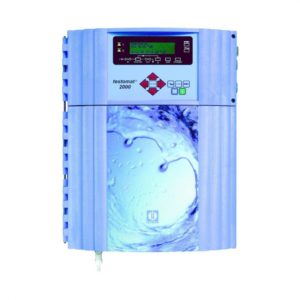
AW101 Testomat
Original price was: £1,000.00.£800.00Current price is: £800.00.The AW100 has been developed as a simple device to monitor the quality of water from softeners. Applications include laundries, utility boiler plants, soft drinks factories, brewing,
food processing and potable water plants. It provides an alarm for high hardness that starts an automatic regeneration of the ion exchange beds used most commonly in these applications.The AW100 uses one of four reagents that changes from green to red at a predetermined water hardness level. The reagent is added to a known volume of sample via a small pump until a color change takes place. The volume of reagent required to bring about this reaction (monitored photoelectrically) indicates the level of hardness of the water sample. The AW100 also provides an analog signal, the range of which is determined by the choice of one of the four reagents available.
The digital display on the front of the monitor and the analog output show the value of the last analysis cycle. Three alarm outputs are provided – two concentration alarms for control purposes and one alarm to drive an audible signal device. There are also inputs for a flow device and suspension of the flow cycle.
-
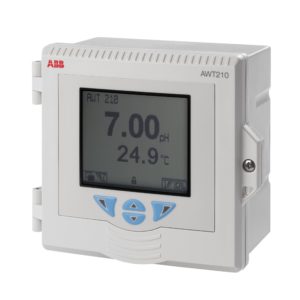
AWT210
The intrinsically safe AWT210 two-wire universal transmitter is a single-channel device for the measurement and control of pH, ORP or conductivity in hazardous and non-hazardous area applications.
Operation simplicity is a key feature of the AWT210 with intuitive software, advanced self-diagnostics and its innovative plug-and-play modular design that enables users to achieve increased levels of efficiency through reduced process downtime.
SIL Certification -
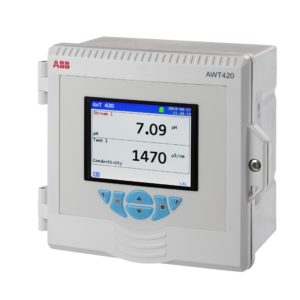
AWT420
The AWT420 dual-channel transmitter provides true flexibility for measuring a wide variety of parameters in a single device.
Packed with a host of features including Bluetooth® connectivity, dual PID control and EZ-Link™ sensor connection, water analysis has never been easier.
SIL Certification -
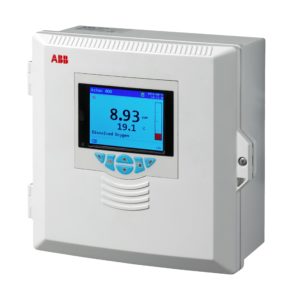
AWT440
The Aztec AWT440 is a multi-input transmitter. Which can send signals up to 4 sensors and has special features
-
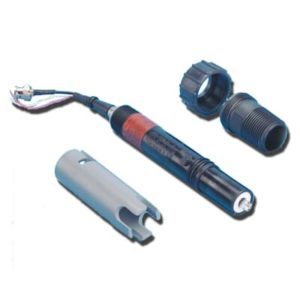
TB(X)551
The TB(X)5 series pH / redox (insertion, submersion, flow-through and hot-tap sensors) are easily applied to most industrial measurement needs. They are renowned for their ability to outperform conventional sensors in the industries’ toughest process applications. Solid-state Next Step™ reference technology is the foundation for all TB(X)5 Series electrodes. The totally solid inner reference chamber is charged with potassium chloride (KCl). This non-liquid reference all but eliminates poisoning, plugging and pumping problems that plague conventional liquid, slurry and gel designs.




